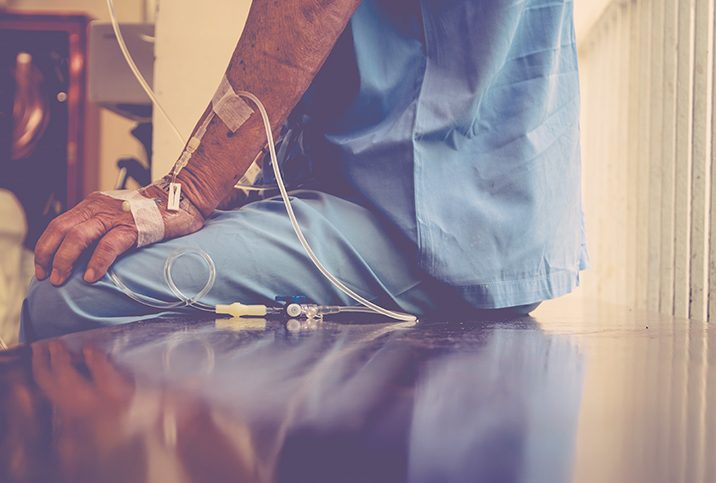How to Survive Prostate Cancer

If there's a silver lining to a prostate cancer diagnosis, it's that modern medicine knows more about treating it and is better equipped today than at any time in history.
Another bit of encouraging information is that prostate cancer is one of the most treatable types. It has a five-year relative survival rate of 97.5 percent, according to the National Cancer Institute (NCI).
And while it's true that around 1 in 8 men will be diagnosed with prostate cancer at some point in their lives, according to the NCI, more than 3.2 million prostate cancer survivors were living in the United States as of 2018.
That's great news. But even with these and other factors on your side, you can take some concrete steps to go from being the one man among eight who gets diagnosed to one of 3 million who survive prostate cancer.
Life goes on after diagnosis—and on and on
A key fact many men don't immediately understand when they're diagnosed with prostate cancer is that depending on the type and stage of the disease, it may be years before any urgent action is required. That means it's up to you to take care of certain maintenance and lifestyle changes after your diagnosis.
Be active—with monitoring
There was an era not long ago when any diagnosis of prostate cancer was likely to get a recommendation of prompt surgical removal of the entire prostate gland. These days, however, clinicians often recommend "active surveillance" for many types of slow-growing and non-aggressive prostate cancer.
Your oncology team may well recommend the active surveillance route if your tumor is small, confined to one area of your prostate, or not the type that grows quickly.
It's up to you, however, to make sure you follow up on all appointments and testing and report any changes you notice. Active surveillance means just that: taking an active approach to monitoring your cancer. Because you're the one living with it every day, you're the first line of defense.
Exercise
Whether you're in treatment or active surveillance for prostate cancer, exercise can have a significant impact on your recovery.
In 2018, for the first time, a national cancer organization said exercise should be routinely recommended as part of cancer treatment. The Clinical Oncology Society of Australia (COSA) issued formal guidelines for clinicians. They recommended, among other steps, that exercise should be viewed as an adjunct therapy that helps counteract cancer's adverse effects, and best-practice cancer care should include a referral to an exercise physiologist.
One meta-analysis of 61 breast cancer clinical trials found that women who participated in an exercise program had significantly improved quality of life, strength, fitness and energy and suffered less depression and anxiety.
Treatment for prostate cancer, through surgery, radiation or chemotherapy, takes a tremendous toll on your body. Make sure you're firing on all cylinders and give yourself the best chance of making a full recovery by getting in the best shape possible.
Diet
During treatment, many cancer patients report loss of appetite. That makes it more important than ever on the days you do feel hungry to load up on healthy, high-protein, fiber- and vitamin-rich natural foods. Stock up on lots of lean turkey and chicken breast, fruits, veggies, nuts, legumes and other whole, healthy foods.
Get help
Support from friends and family is vital when you have a serious condition such as cancer. In addition, seeking therapy or support group meetings can be a real boost—not only for your mental well-being but physical health, as well.
Three million prostate cancer survivors aren't a fluke; this thing is beatable.
Now, your body, your mind, your emotions and your immune system are all counting on you to provide them with the fuel they need to get you through this health problem.
Don't let them down!


















